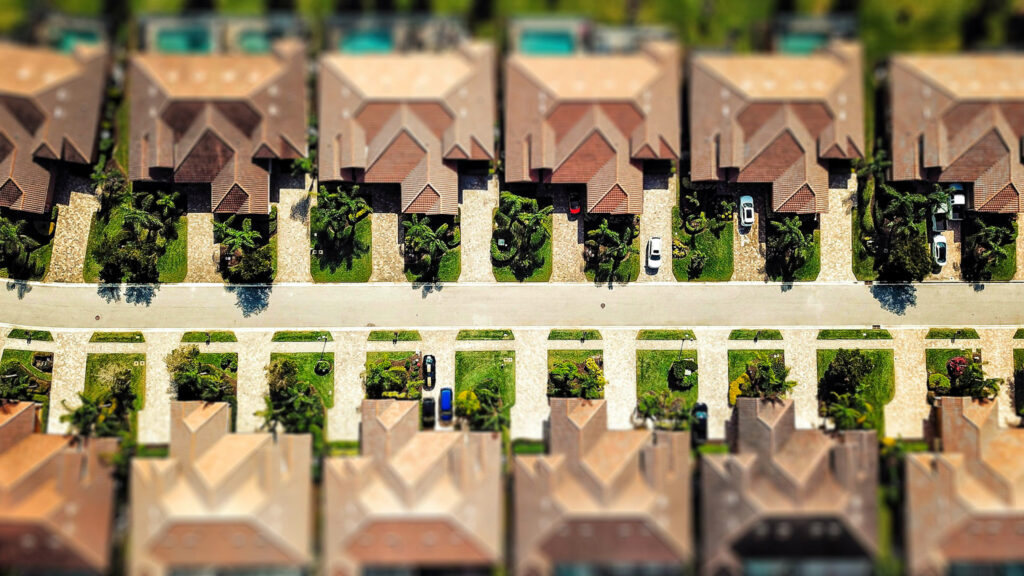The latest survey results from John Burns Research and Consulting (JBREC) provide a fascinating snapshot of the current housing market, revealing notable trends in inventory and competitiveness across different regions. As the data shows, the housing market is experiencing some softening in parts of Florida and Texas, while remaining fiercely competitive in the Northeast, Midwest, and Southern California.
Regional Market Variations
Northeast: A remarkable 94% of resale agents in the Northeast report that buyers outnumber sellers, indicating a highly competitive market with tight inventory.
South Florida: In stark contrast, only 30% of resale agents in South Florida observe a buyer surplus. This disparity highlights significant regional differences within the state itself.
Texas: The Texas housing market tells a similar story, with inventory and pricing adjustments being more pronounced in certain areas, particularly Austin.
Florida’s Inventory Surge
Florida has seen the most significant year-over-year increase in housing inventory nationwide, at 57%. This surge is primarily concentrated in Southwest Florida, especially in markets like Cape Coral and Fort Myers, which were severely impacted by Hurricane Ian in September 2022.
Hurricane Ian caused extensive damage, resulting in thousands of homes needing renovations, thereby increasing the available housing inventory. NOAA estimates the hurricane’s total damage at $112.9 billion, making it the third-costliest U.S. hurricane on record. This increase in supply, coupled with rising home insurance costs, has led to market softening in much of Southwest Florida. Higher home prices, mortgage rates, insurance premiums, and HOA fees have further strained demand.
Texas Market Adjustments
In Texas, the rapid price increases during the pandemic-era migration boom have led to a correction, particularly in Austin. As the influx of new residents slowed, local affordability constraints caused prices to fall. This adjustment reflects a natural market response to unsustainable price levels.
Conclusion
The housing market is currently in a state of flux, with regional variations highlighting the diverse factors at play. In some areas, increased inventory and higher costs are cooling the market, while in others, tight inventory maintains a competitive environment. Understanding these dynamics is crucial for buyers, sellers, and investors as they navigate this evolving landscape.
For more in-depth stories and daily updates, subscribe to Lance Lambert’s ResiClub newsletter and stay informed about the latest trends and insights in the housing market.
#HousingMarket #RealEstateTrends #FloridaHousing #TexasHousing #MarketInsights #RealEstateInvesting #HomeBuying #HousingInventory #MarketSoftening #PropertyInvestment





